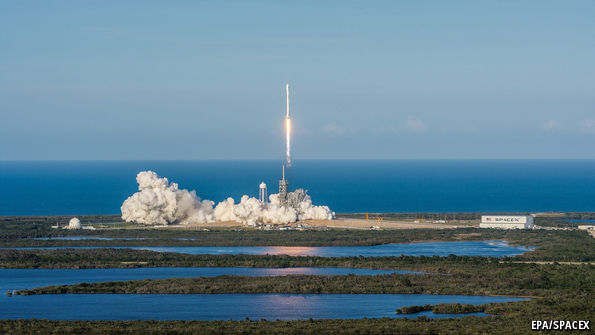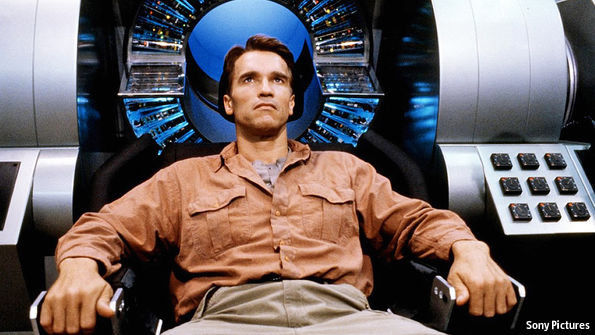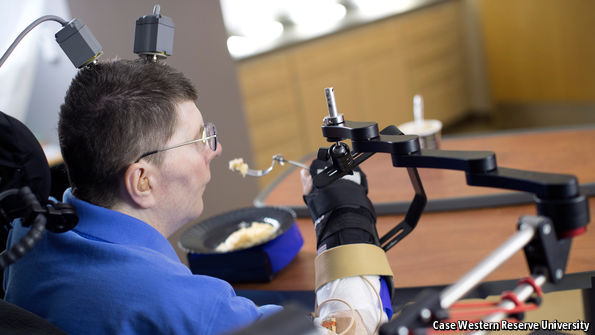Computer security is broken from top to bottom

OVER a couple of days in February, hundreds of thousands of point-of-sale printers in restaurants around the world began behaving strangely. Some churned out bizarre pictures of computers and giant robots signed, “with love from the hacker God himself”. Some informed their owners that, “YOUR PRINTER HAS BEEN PWND’D”. Some told them, “For the love of God, please close this port”. When the hacker God gave an interview to Motherboard, a technology website, he claimed to be a British secondary-school pupil by the name of “Stackoverflowin”. Annoyed by the parlous state of computer security, he had, he claimed, decided to perform a public service by demonstrating just how easy it was to seize control.
Not all hackers are so public-spirited, and 2016 was a bonanza for those who are not. In February of that year cyber-crooks stole $81m directly from the central bank of Bangladesh—and would have got away with more were it not for a crucial typo. In August America’s National Security Agency (NSA) saw its own hacking tools leaked all over the internet by a group calling themselves the Shadow Brokers. (The CIA suffered a similar indignity this March.) In October a piece…Continue reading
Source: Economist










